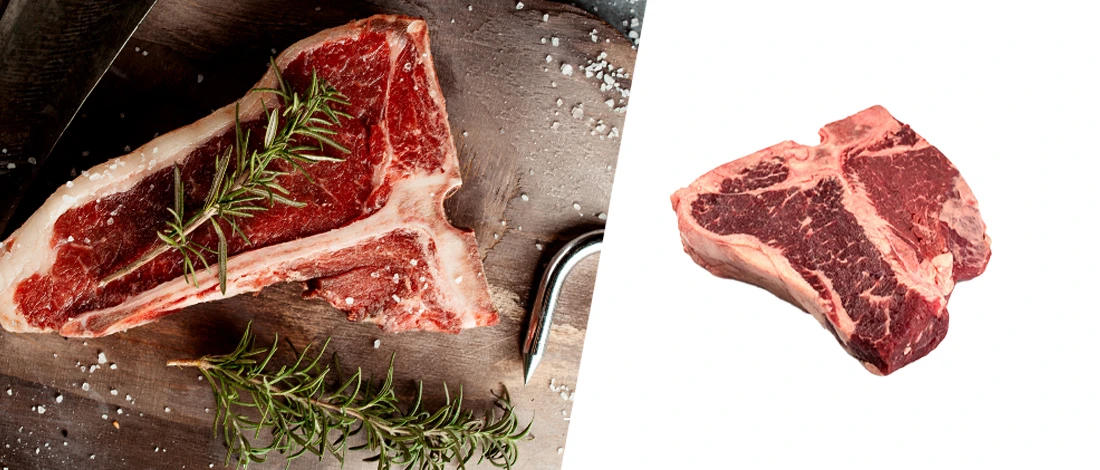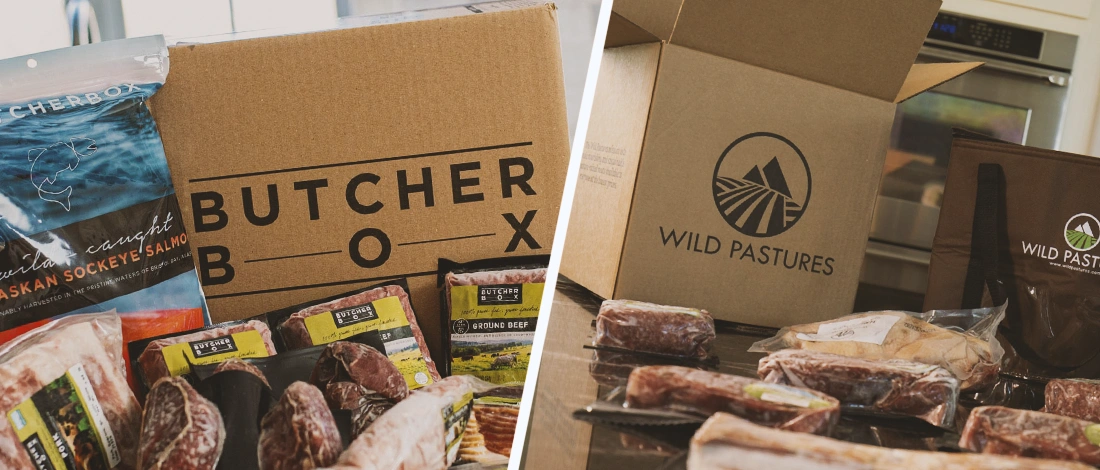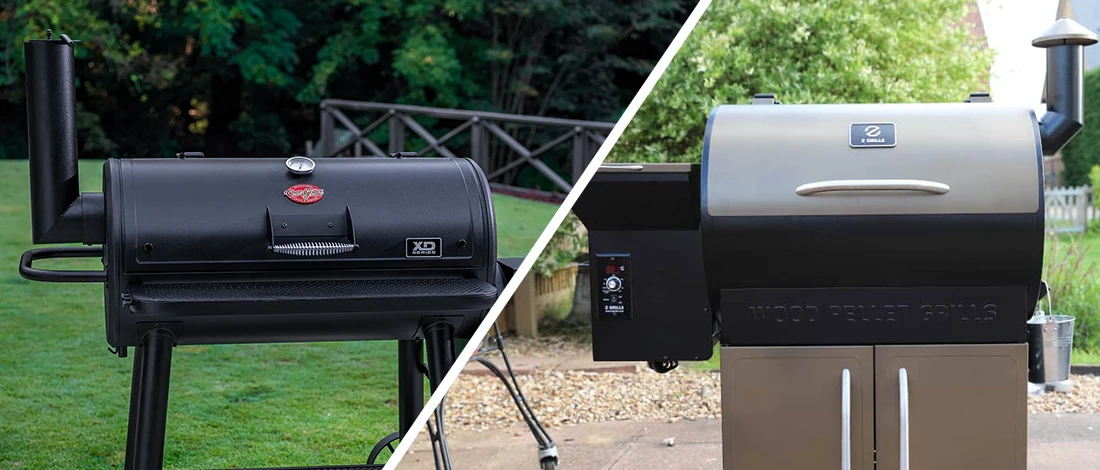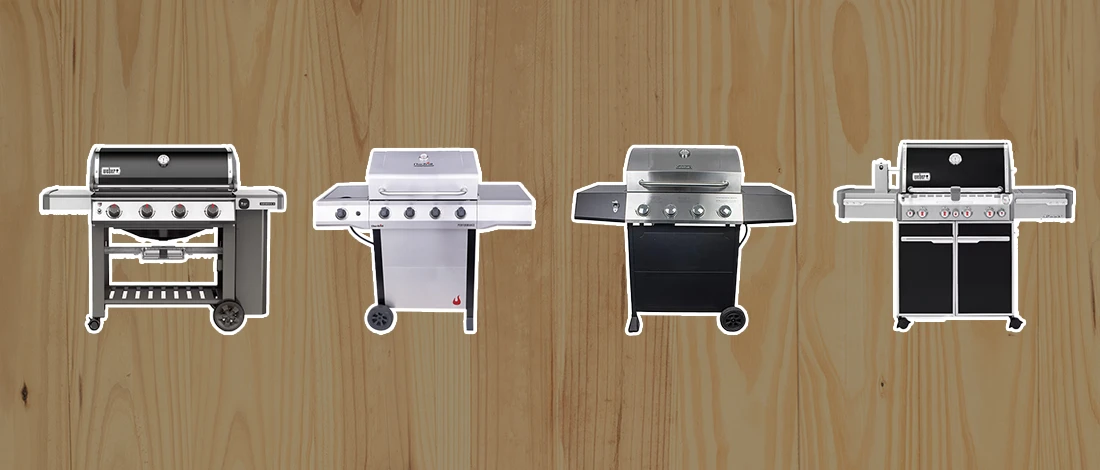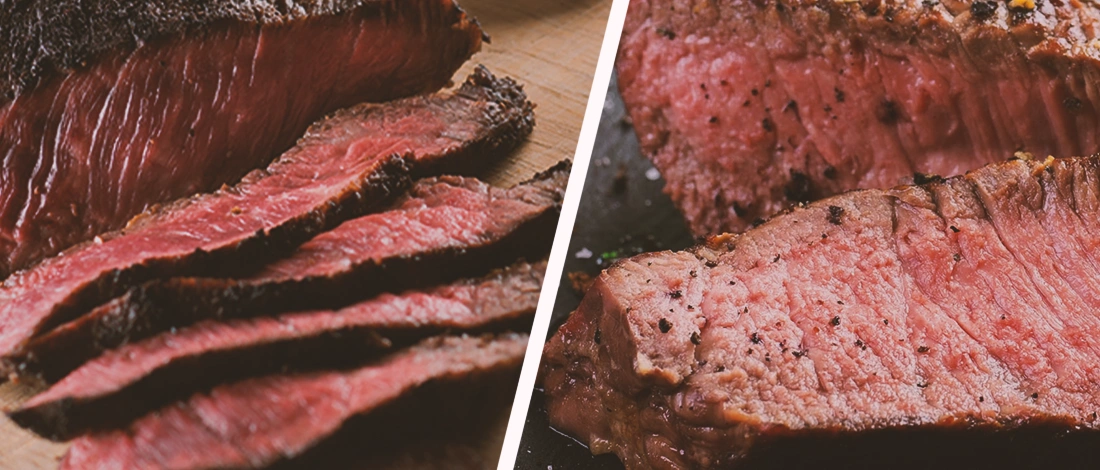When the weather is hot, the first thing that comes to mind is a nice, tasty barbeque. Now comes the question of what’s on the menu today. A trip to the butchers will have you choosing from a range of meat; the brisket flat and the brisket point among them.
But is there a difference between these two cuts, and if so, which one is better?
I love a good brisket, so I thought I’d share my knowledge with you in hopes you’ll give it a try too. Let’s get into the toe-to-toe brisket battle.
Quick Summary
- Brisket flat and point are two different parts of the beef brisket; the flat is leaner and meatier, while the point has more fat and flavor.
- Both cuts are cooked similarly and have a similar taste, but the flat is typically sliced, and the point is shredded, with the point being juicier due to its higher fat content.
- According to the March National Retail Report by the USDA, beef brisket was advertised at $4.00 per pound and brisket, flat cut at $8.99 per pound in major retail supermarket outlets [1].
- The choice between flat and point depends on preference; flat for lean meat lovers, and point for a richer texture.
What Is Beef Brisket?

Beef brisket comes from the chest section of the cow, right below the chuck (or shoulder).
This primal cut supports the whole weight of the cow, and it is often chewy and tough due to how much the brisket muscles and connective tissue work.
Briskets aren’t a popular cut for this very reason. That was until someone discovered cooking low and slow in a smoker does absolute wonders.
The extended cooking time helps break down the tough connective tissue, allowing the fat to render.
Each individual steer has two briskets, one on each foreleg. Briskets can be sold as a packer brisket, made up of two separate steer muscles - the flat and the point.
The brisket of a cow is rather large - often upwards of 14 pounds - so butchers tend to slit the meat into halves.
This not only helps the butcher move the cuts along, but it also makes it more manageable for us to cook - not to mention cheaper.
All About Brisket Flat

The brisket flat, also known as the brisket flat half, is the leaner, meatier, and flatter part of the brisket since it has less connective tissue.
This flat cut holds a small amount of fat, about 17%, but it has visible marbling running through the meat.
It is around 1 - 2 inches thick and typically weighs between 5 - 10 pounds.
The brisket can be served either sliced or shredded and around half a pound will be enough to feed one person unless they’re big eaters. So, the flat cut is enough to feed at least 7 people.
The flat cut is also referred to as the Brisket Nose Cut, Beef Brisket Middle Cut, Brisket First Cut, or the Brisket Center-Cut.
All of these names refer to where the brisket can be found. As long as you remember the ‘flat’ part, your butcher will know what you mean.
The flat is great for slicing due to its uniform shape. It can also be cured and smoked, often sold in Jewish delis as pastrami.
How To Cook The Brisket Flat
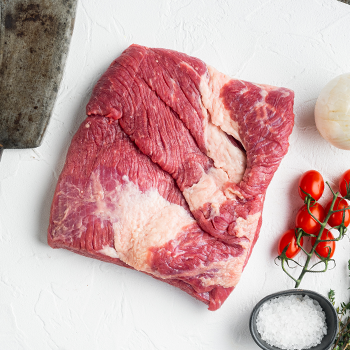
The flat cut already comes with little fat, so there is no need to trim anything off the outside. The fat on the muscle also helps the brisket stay moist, so I recommend leaving it on.
However, silver skin should be sliced and pulled off. Once you pull this off the muscle, the beef will be more tender.
When it comes to the flavor of your flat cut, it’s completely your choice on how you go ahead.
Usually, flat cuts are brined and made into pastrami. If you’d like, you can whip up a rich marinade to add flavor to the crust.
“Some foods will improve your meal, your mood, your day, your buttered noodles. Brisket will improve your life.”
- Stephanie Pierson, “The Brisket Book”
As I mentioned before, the only way to cook this piece of thick meat is for a long period.
If you try to cook it on the BBQ for a few minutes, the whole cut will be chewy and inedible. Take your time and prepare your brisket properly.
The best and simplest way to cook up this chest muscle is at 220 - 270 °F. When the internal temp reaches 203 °F, you know it's cooked properly.
Brisket Flat Recipes

Thankfully, you can find a bunch of recipes for the flat cut. Pop it in the smoker, on the grill, or even finish it off on the BBQ.
Most people choose to slice the brisket and put it into sandwiches.
Another popular recipe is nachos or tacos, which make great leftover food. The flat cut works just as well when shredded.
All About Brisket Point

The brisket point cut is thicker but smaller in comparison to the flat point. It has a higher fat content which means it has a lot more fat and connective tissue. This means the point cut is more flavorful in general.
Both the flat and the point go by the same rule, half a pound per person. However, with the point, you may want to slightly reduce the portion size due to the amount of fat.
The name ‘brisket point’ is very fitting due to the shape of the meat. It looks similar to a traditional meat joint and is tapered at one end, creating that point.
To make the point cut less chewy, this part of the brisket is often shredded, not sliced.
The higher fat content gives the meat a somewhat unpleasant texture. However, many people who like a fattier cut enjoy it.
How To Cook The Brisket Point
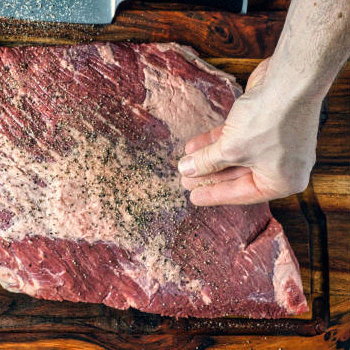
As I mentioned before, the point cut is usually shredded, so there is no need to trim the layer of fat off the muscles. Most pitmasters will rub their brisket with some salt and pepper to enhance the beefy flavor.
Just like the flat cut, the point cut is best cooked for a long period to break down the thick chest muscles. There are also many ways to do it; you can wrap a brisket, smoke it, grill it, or even double-smoke it if you like burnt ends.
Whether you decide to throw it in the smoker or on the grill, the point cut will be ready when the internal temp hits 200 °F.
Brisket Point Recipes
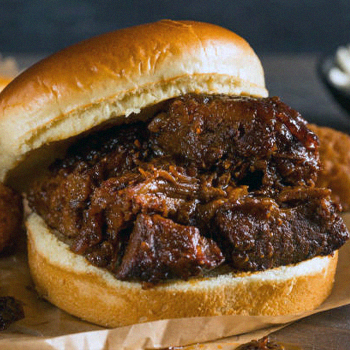
There are many different menu options you can add brisket point into since it’s quite versatile.
Although I said it is better shredded, slicing the point is also possible. Turning the beef into slices will be great for people who enjoy a thicker, tougher cut.
A good recipe for the brisket point is brisket burnt ends, and it deserves a place on your menu.
They’re cubed point pieces cooked in barbecue sauce and often served on bread. They hold great flavors and are nice and juicy.
Similarities Between the Flat vs Point Brisket

The brisket, one of the nine beef primal cuts, consists of two sections - the point and the flat. When sold together, it's called a 'Whole Packer Brisket.'
Given that both the point and the flat come from the same muscle group, they share similar flavor profiles, making them equally ideal for a delicious brisket dish.
In a 2003 study published in the National Library of Medicine, the palatability of brisket and deckle point beef cuts was assessed, with less than 10% of samples rated tender on the first bite, and none of the deckle point samples rated tender overall, highlighting a need for improved cooking methods or postmortem interventions to enhance their palatability [2].
Whether you're considering the brisket point vs flat, you'll find a thick layer of fat in both cuts, contributing to the tenderness and succulence of the meat.
Cooking these cuts requires a low and slow approach, with a range of 5-15 hours depending on the size of the cut, using techniques such as slow roasting or grilling.
Mastery of these methods promises a juicy and delicious result. Additionally, both cuts can be transformed into corned beef, a delightful treat when prepared properly.
Just remember to have a sharp knife on hand to slice your perfectly cooked brisket into appealing, mouth-watering slices.
Differences Between The Packer Brisket Meats

Now that you know the similarities, let's get into what is different between the two.
The point cut is smaller; however, most butchers and meat markets offer them around the same weight - 5, 7, or 10 pounds.
Keep in mind that the flat has a lot less fat than the point; therefore, it does contain more meat. So, the flat is more significant when it comes to terms of yield.
It’s no secret that cuts with more fat have a more intense beef flavor. Since the brisket point has large ribbons of fat and a fat cap, it also has a good amount of marbling.
With the distinct marbling, extra fat content, and connective tissue, the brisket point is a lot richer in taste compared to the flat. It is a lot juicier too.
If you're a regular with smoking, you know just how tender the low and slow method can make tough meat. With both the point and the flat, when they’re cooked properly, they can both be incredibly soft.
However, the point is more tender than the flat. This is due to the fatty content, which holds moisture and juice throughout the cow meat. Not only does this make for a delicious grill, but it also means the cut is less likely to dry out.
Also Read: Brisket vs Flank Steak
Should I Choose The Brisket Point Or The Flat?

When it comes to choosing one or the other, it depends on your preference for beef. Both briskets are versatile: they can be cooked, smoked, grilled, and roasted. Each will produce a slightly different flavor and texture.
If you prefer leaner meat with little fat, the beef brisket flat would be a better choice for you. This meat works well when popped on the grill, then sliced up for sandwiches and salads.
Due to the leaner, tighter grain, the beef holds together well. It also contains less connective tissue; therefore, it is easier to chew.
I would recommend the brisket point cut to anyone who loves an intense beef flavor. It is moist, marbled, and buttery, and tastes amazing when shredded. It also works well in sandwiches and a whole range of menus.
Related Articles:
Separating The Packer

If you do decide to take both homes with you, here is a step-by-step guide to separating the point cut and the flat cut:
- Place your brisket down on a flat, clean surface. The fat side should be facing downwards. This will situate the flat cut on top, showing you a layer of fat between the flat and the point cut.
- Take a sharp knife for cutting meat and cut it into the fat layer downwards. If you need a visual guide, feel free to make scoring marks along the nose of the brisket.
- You should continue to follow the nose as you cut, right where it curves under the flat cut. You can then lift the flat with your free hand as you continue to cut through the layer of the fat and fat cap.
- When your knife comes to the end of the point cut, you’ll want to completely slice through to separate the flat cut from the point.
- Ensure any exterior fat and fat cap are trimmed.
- You are ready to season the beef to your liking and get it cooked up.
References:
- https://www.ams.usda.gov/mnreports/lswbfrtl.pdf
- https://pubmed.ncbi.nlm.nih.gov/22063674/


